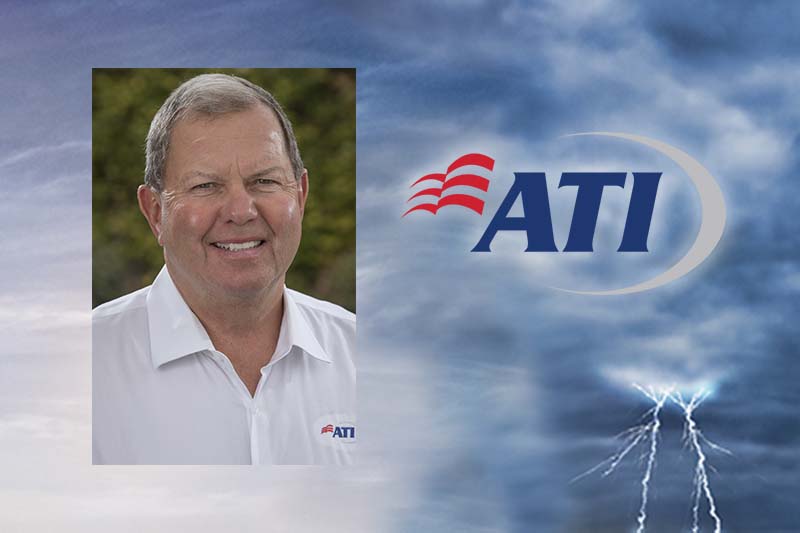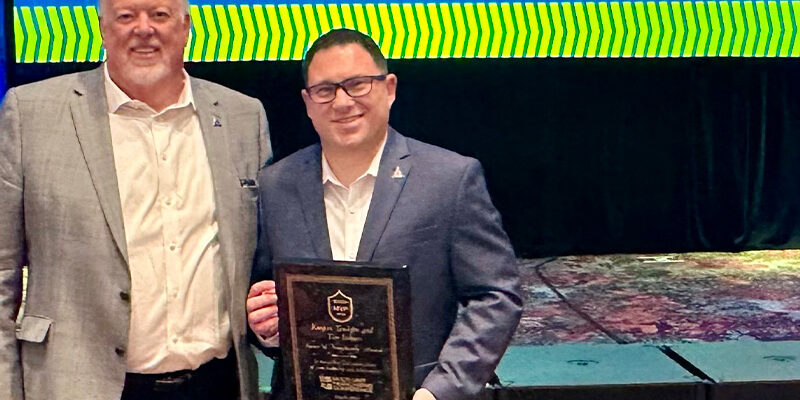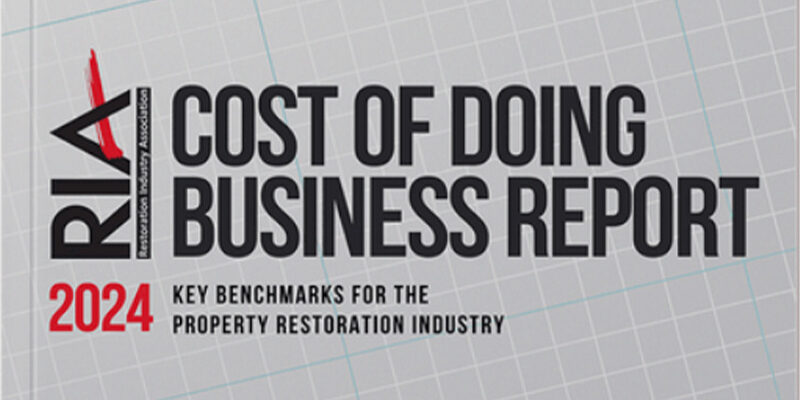2019 Restoration Industry Leaders Review: American Technologies Inc.

by Amanda Hosey
With more than 1,200 employees, 528 trucks, and 21 locations nationwide—not to mention $287 million in revenue in 2018—it’s safe to say American Technologies Inc. (ATI), headquartered in Anaheim, CA, is a powerhouse in the restoration industry. CEO and owner Gary Moore began in the industry more than four decads ago. He says, “I quickly recognized that there is no better sense of appreciation and accomplishment than in helping people restore their lives in the wake of disaster.”
Creating his ideal company
Well before founding ATI, Moore says he “stumbled” into the industry. During high school in Fort Worth, TX he began working for a friend’s family restoration business and stayed with the company throughout college and for another 10 years after until he and a few coworkers broke off to create their own company in San Francisco. After a few very successful years, that company was acquired by Fluor Daniels, and Moore felt it was time to make his own mark.
“I saw how the emergence of asbestos provided new opportunities for the industry and decided to take a leap of faith,” Moore explains. “I formed this company based on three non-negotiable principles: I didn’t want to have any business partners, I didn’t want to have the highs and lows of catastrophic work, and I didn’t want to be a publicly traded company.”
On average, ATI’s revenue has doubled every five years, with the last six years growing at 20% or more. Over the next three years, they expect to grow 18% year over year by further penetrating markets with a “brick-and-mortar presence.”
The company has always offered a wide range of 24-hour emergency services, from the most common ones like water damage remediation, to asbestos and lead abatement, to the rarer document restoration. One of the key elements to ATI’s continued success has been its ability to evolve its services with changes in demand. For example, Moore says, “While environmental services made up 74% of the business when it was established, today it represents only 18%. In contrast, construction was not a service we offered until 1992, yet today, it is the largest percent of our business, generating over 42% of the revenue.”
Striving for the best customer service
Moore credits most of the success of “the nation’s largest family-owned and operated restoration contractor” to an “unwavering commitment to customer service.”
“We are a service industry that revolves around helping people during their worst moments. Seeing people at their low point and turning that into a high one is very rewarding,” Moore says. “Whether it is getting a hospital’s emergency room operational three days ahead of schedule or restoring a family’s home and saving heirlooms, it gives me a deep sense of satisfaction. I have never looked back or regretted my decision because each day feeds my soul.
“Anybody can build a building or do a remodel, but dealing with the people, the complexity, the emotions, and the utter chaos of an emergency situation keeps us on our toes and is what makes this industry so rewarding.”
That devotion to the customer is also rewarding financially, with Moore considering building those relationships with clients to be his best marketing tool.
According to Moore, “At the end of the day, people do business with companies they know and like.”
Educating next-generation restoration companies
For those just getting into the industry or trying to grow, Moore says to make sure to hire the best team for your purposes, and invest in your people and company’s culture.
In addition, he points to the need to have the capital to sustain the company as you deal with payment delays. He says, “Realize the capital outlay of cash needed to float jobs until they are paid. Most companies in our industry go out of business due to cash restraints.”
Moore has learned firsthand the importance of having well-defined standard operating procedures (SOPs). His company grew rapidly and found the need for more strategic design, development, and excecution of SOPs.
“With a single location, you have more control, and SOPs are taught by example,” he explains. “If you grow rapidly, opening offices around the country, those standards are not necessarily in a manual, so training is challenging. If we had established written procedures from the beginning, our path would have been smoother.”
Moore knows that, in such a crowded industry, it can be frustrating trying to make your company stand out from the pack.
He says, “The best way to differentiate yourself is to hit singles and have a high batting average. Being successful is simple: Hire smart, retain your staff, and empower that staff, and they will make the customer happy.
“If you treat every customer’s home or business as if it’s your own, you’ll have more business than you know what to do with.”
What does a successful restoration company look like? Where does one start, and what are its goals? What can we learn from someone else’s journey? This month, we’re bringing you the stories of three very different restoration companies, their highs and lows and how they found success. Check out the other companies featured in our 2019 Restoration Industry Leaders Review:
Rainbow International of Mesa, a Neighborly Company
Amanda Hosey is the managing editor of Cleanfax. She has worked as an editor and writer for more than six years, including four years with Cleanfax. Reach her at [email protected].












